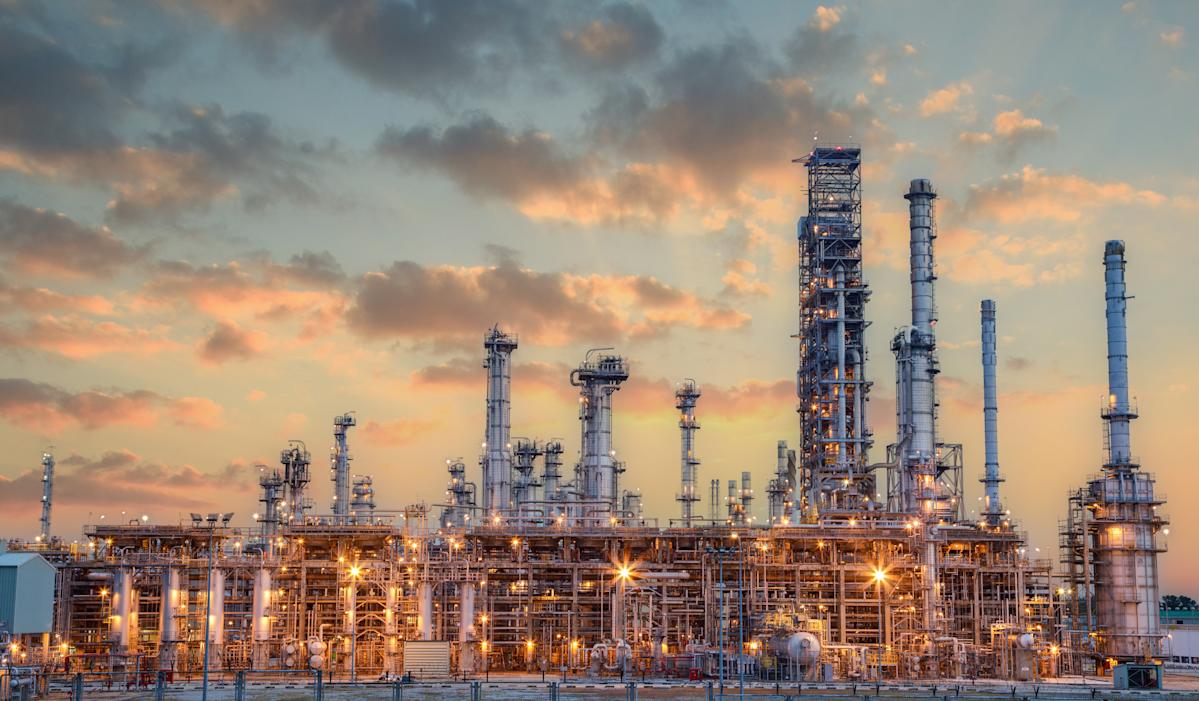As President Trump began his second term, he proclaimed in his inauguration speech that America would “drill, baby, drill,” promising a boom in drilling and lower prices at the pump.
Nine months in, Trump may only be getting the “lower prices” part.
Production activity in the US oil and gas sector fell throughout the third quarter, according to data released late last month by the Federal Reserve of Dallas, marking the second quarter in a row of contraction in the sector. Oil prices have done much the same.
Oil and gas industry participants interviewed in the Dallas Fed’s survey said conditions are getting worse.
Futures on Brent crude (BZ=F), the global benchmark for oil, are down more than 13.5% on the year, while futures on West Texas Intermediate crude (CL=F), the US benchmark, are down more than 14.5%. The US’s Energy Information Administration only expects that trend to continue, forecasting that US oil production will decline by about 1% in 2026 as oil prices fall, while natural gas (NG=F) production will remain roughly flat.
When prices for crude are high, the going is good for the oil and gas industry. Heightened prices give companies a reason to boost their investments in production equipment and drill more wells because they know they’ll get a good price for their product. When prices fall, the expense of drilling is harder to justify.
“The administration is pushing for $40 per barrel crude oil, and with tariffs on foreign [piping supply used for drilling, input] prices are up, and drilling is going to disappear,” one respondent said in the Dallas Fed’s monthly energy survey.
Part of the problem is an approaching supply glut, keeping prices depressed. Gasoline demand in the US is expected to rise only slightly in 2026. Meanwhile, more electricity consumption is expected to see its largest share of demand met by solar power. Oil consumption has also fallen throughout much of the rest of the world, including Europe, Central Asia, Latin America, and China.
At the same time, the OPEC cartel has approved multiple production rate increases as Saudi Arabia looks to take market share away from the US. Most recently, the cartel announced in September that its member countries will be boosting production by 137,000 barrels per day in October.
To make matters worse, China, traditionally a driver of demand growth, has been accumulating massive stockpiles of crude oil. In the US, refineries have been running at their highest capacity since June 2022, creating a processing bottleneck and depressing crude prices even further.
Story Continues
